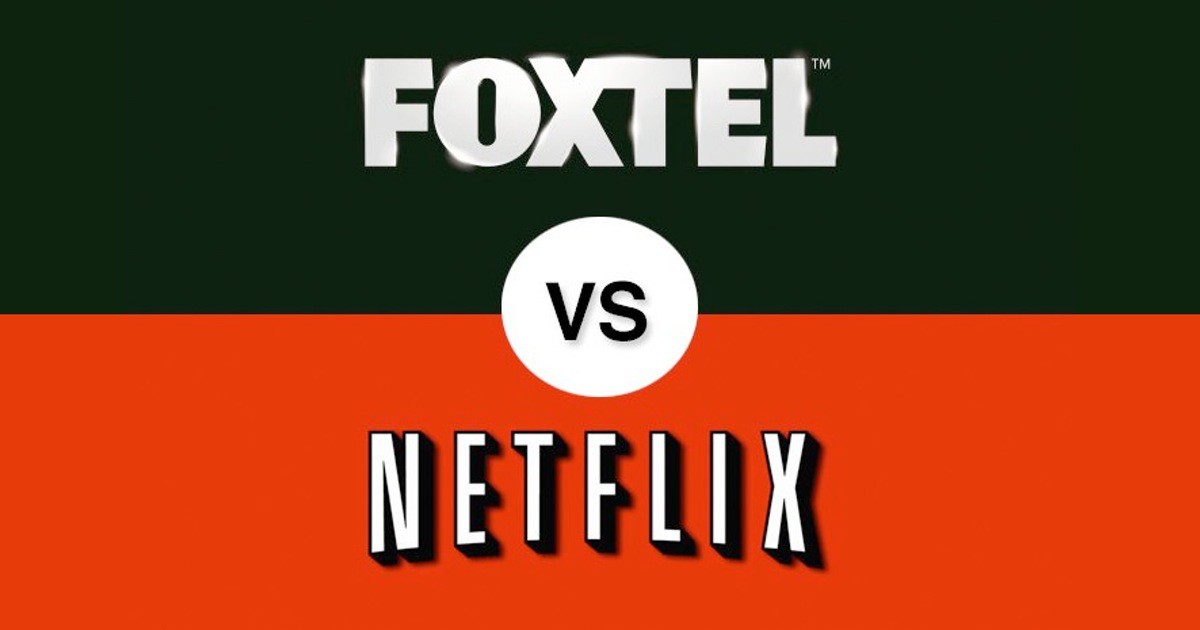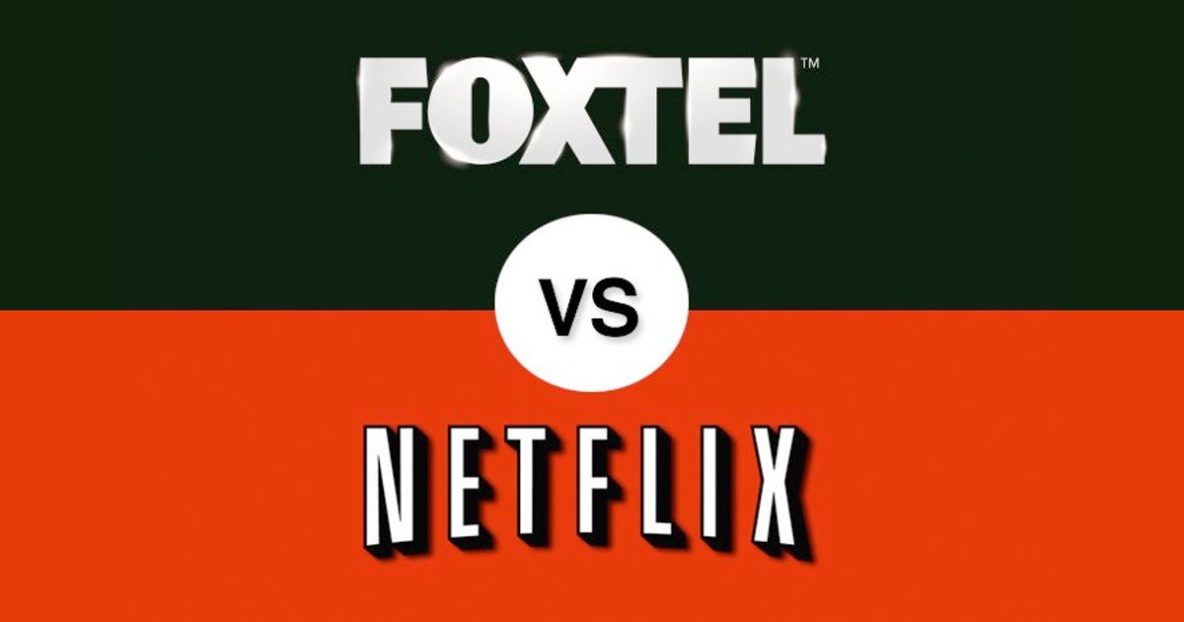
What is disruption? Can businesses disrupt themselves? Why are disruptive businesses able to become so valuable in such a short time? Why can’t incumbents defend their own businesses against them?
These questions will have been playing on the minds of senior management at Foxtel, which has just announced the closure of its trainee pay TV disruptor Presto, in favour of pushing ahead with its own candidate in the field in the new year.
Foxtel’s problem is that the technology has moved on, and what was not possible/cheap ten years ago is easy now. By which I mean app-based tv like Netflix or Stan streamed over the internet through a Chromecast or Apple TV box. Since Foxtel is losing subscribers to this model, it must disrupt itself with its own low-cost competitor. It will not have come to this conclusion lightly – a few million households paying $100/month is not a revenue stream to be dismissed easily.
But why do businesses – most businesses, not just Foxtel – struggle at disrupting themselves and defending their positions.
It isn’t that companies don’t understand where the threats are coming from. In almost three decades of discussions with boards and senior management teams I have rarely found anybody who doesn’t actually understand what’s happening. They all do, pretty much. Working out what to do about it, though, ends up with the groups split, with two differing strategies. These can be loosely defined as:
- Plan A: Have the company finance its own disruptive competitor in-house, so capturing the value of the disruption with the new subsidiary. Foxtel has announced its intention to do this (though this piece isn’t really about Foxtel so much as it is about disruption in general).
- Plan B: Continue to proceed as if the threat were not present, or at least not major enough to worry about.
·(To this, we could add a third option, but almost no-one ever considers this, let alone implements it: sell the existing assets and redeploy the capital.)
Plan A is always a popular choice. The thinking usually goes like this. We have bright people, and we are good at business. We have capital, so we can outlast the disruptor, which mostly is a poor start-up. And it won’t cost us very much, since we have a large existing business, and shareholders won’t mind spending a little to protect the cash-cow in the old business. This plan is often signed off by the board.
And then the trouble starts. A year down the track there isn’t really a problem with how much Plan A is costing. The division doing the disrupting probably is going quite well – gaining traction, selling more cars, advertising, film or razor blades than first thought.
In fact, they are starting to sell so well that it is affecting sales in the main the business. (Indeed, it is easy to see this happening to Foxtel – the main business losing sales as its new entrant picks up customers- but at lower revenue per customer).
So much so that a couple of senior executives, who are bonused on divisional results (and not the success of the overall company – that is how the CEO gets paid) are starting to complain that they are missing their sales targets, and therefore, in a bonus sense ‘taking one for the team’. This will turn out to be a problem shortly, when one of them resigns to join the competition disruptor.
At the shareholder level, because it’s early days, there is no value imputed to the company-owned disruptor, so the value of the main company falls because sales and profit targets are being missed.
OK, different scenario. Let’s assume, instead, that the company-owned disruption team fails. In that case, it may be that it’s because the (rival) start-up disruptor is doing well, again causing sales in the incumbent to slow. Shareholders are starting to ask uncomfortable questions. The value of the incumbent falls. Again.
Hmm…
So here comes the switch to Plan B, which is to continue to monetise as long as possible without worrying about the way disruption is unfolding. Profits jump, sales jump, the company is unified. But despite the higher sales the multiple on which the company trades starts to fall, maybe by a third, because the market sees the disruption coming. There is a dramatic cut in the value to shareholders.
In essence, the problem facing companies which are being disrupted is that they are conflicted. For example, they may have legacy plant which may have to be written off if a new model gains traction, so are in no hurry to finance the disruptive success. VW diesel is in this position with electric cars the disruptor. A successful electric car for VW would mean writing off billions of dollars in value in its petrol and diesel car business.
As to why businesses are hitting valuations in the billions of dollars so quickly, that is tied to the nature of the change in the architecture of business itself. If we start with the idea that a lot of the infrastructure for businesses already exists – transport, energy, retail, banking, hospitality, security – then the internet can be thought of as a new kind of control gear which makes things go better by injecting information into the system.
So a car with a taxi plate which doesn’t arrive during a late night rainstorm isn’t really a taxi, while an Uber driver, who does arrive, is. The difference isn’t the physical car – it’s the information in the system which guarantees a ride for the passenger and payment for the driver. Information, because of the web, changes physical businesses. And because connectivity is essentially instantaneous, disruption happens quickly. And even though the underlying assets don’t really change at first, the business model does, with rapid value growth to the successful disruptor and big problems for the incumbent.
(As an aside, there is a body of work that says that Tesla isn’t disruptive, because all it is doing is producing a car in the old-fashioned sense. I don’t buy that argument. Whenever a company rewrites the rule book in material ways across multiple sectors – like Tesla does in its drive train, fuel source, manufacturing requirements and dealership terms, its actions are disruptive.
The house view is that China, too, is disruptive, in that it is challenging the global economic centre of gravity.)
Is this different to a hundred years ago? There were many massively disruptive businesses in the past two centuries. Cars v horses. Textile looms v hand weaving, and electrification (with all the changes this brought to work hours and the definition of work itself) and railroads.
This is a more difficult question. In part, the difference may be tied in with the change in architecture of business which the web enables. The new disruptive businesses of 100 years ago – broadcasting, electricity, mass production were distributive in nature, meaning that a centralised source controlled the volume, pricing and reach of the products which found their way to the market.
The world-wide web, by contrast, is communicative – by which I mean that information (and therefore the sale of goods and services) does not have to come from a centralised node – it goes from anywhere to anywhere. Yes, one company may be harvesting the value chain by using software to clip the ticket, but that company isn’t necessarily the producer or the product. So Facebook aggregates audiences for advertisers, but the value that is created comes not just as a result of Facebook’s interactions with a user, but users’ interactions with each other while on the platform.
Share this Post


